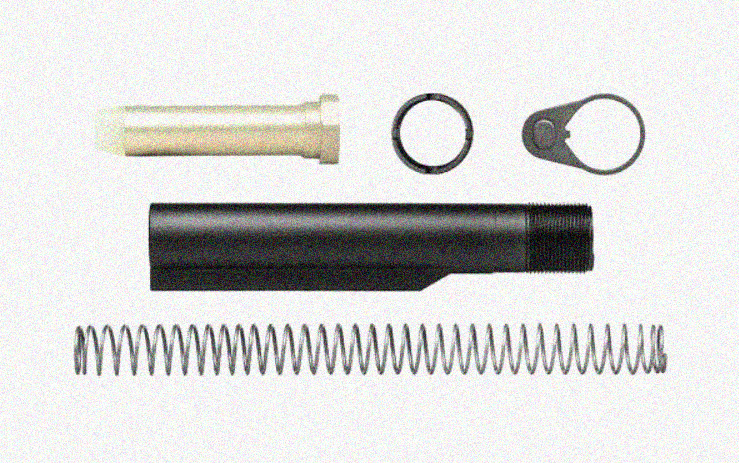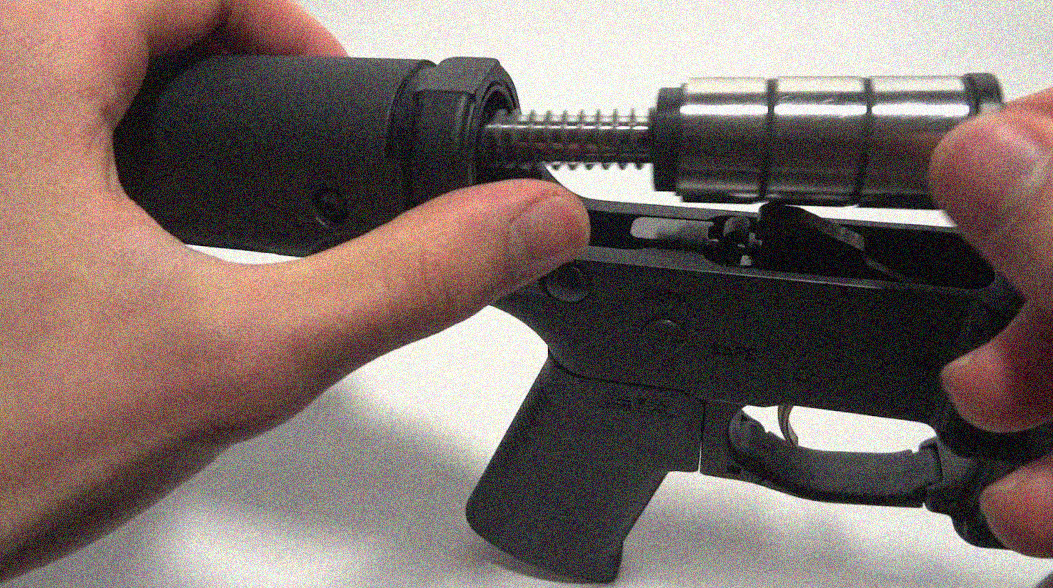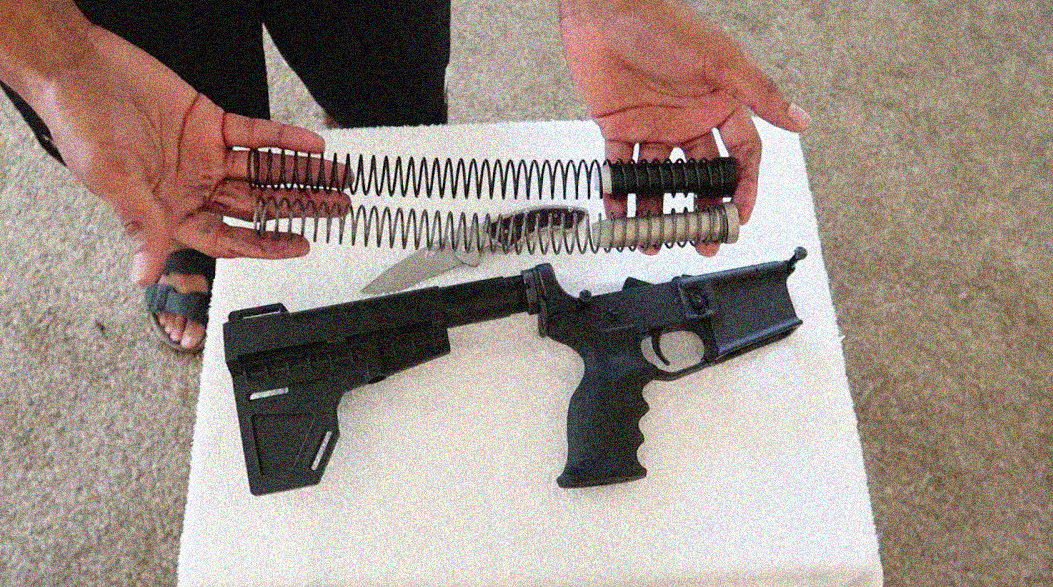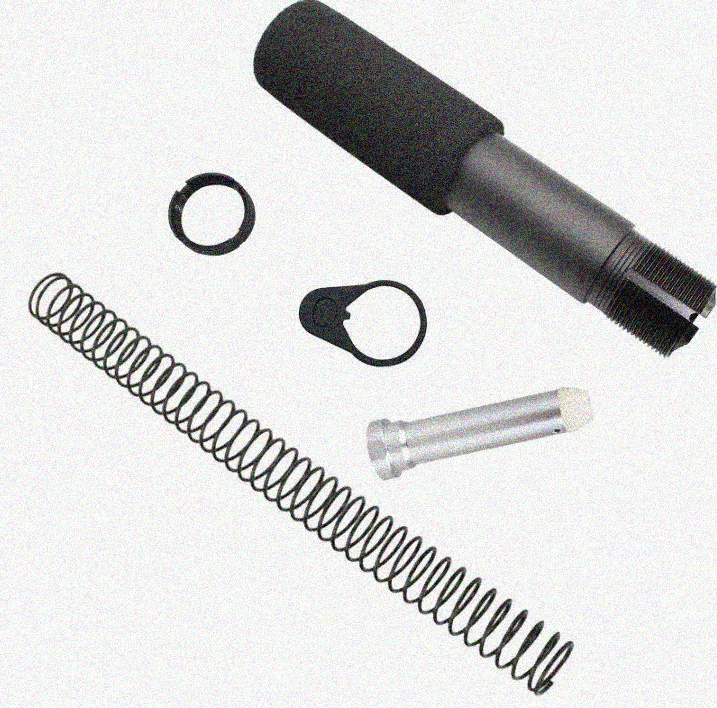Removing a buffer tube is a relatively simple process, but it’s important to be aware of the potential dangers involved.
Here are the steps you need to take:
1. Make sure the gun is unloaded and pointed in a safe direction.
2. Remove the stock from the gun by loosening the screws that hold it in place.
3. Use a tool to push down on the buffer spring retainer until it pops out of the hole in the buffer tube.
4. Remove the buffer spring from inside the buffer tube and set it aside.
5. Push down on the back end of the buffer until it pops out of the buffer tube.
6. Remove the buffer tube from the gun.
When you’re ready to reinstall the buffer tube, simply follow these steps in reverse. Be sure to check that the buffer spring is properly seated before screwing the stock back into place.
Removing a buffer tube can be tricky, but it’s doable with the right tools and some patience. The most important thing to keep in mind is that you should always handle firearms with care, and that includes making sure the barrel is clear of obstructions before you start disassembling them.
If you’re not comfortable removing the buffer tube yourself, it’s best to leave the job to a qualified gunsmith. But if you’re feeling adventurous, here are the steps you’ll need to take:
1) Make sure the weapon is unloaded and pointed in a safe direction at all times.
2) Disconnect the buffer tube from the receiver by unscrewing it counter-clockwise.
3) Once the buffer tube is disconnected, you can remove it from the receiver.
4) Be careful not to lose any small parts when removing the buffer tube, and make sure to keep track of which direction they go in.
5) When reassembling, make sure all parts are tight and secure before testing the weapon.
Removing a buffer tube can be a difficult task, but with the right tools and a little bit of know-how, it can be done. The most important thing to remember is to take your time and be careful not to damage any of the components.
Here’s a quick guide on how to remove a buffer tube:
- Make sure the gun is unloaded and pointed in a safe direction.
- Disconnect the barrel from the receiver.
- Remove the bolt carrier assembly and bolt.
- Detach the recoil spring from the buffer tube (this can be tricky – you may need to use pliers).
- Remove the retaining nut at the end of the buffer tube (this will allow you to remove the buffer).
- Remove the buffer tube from the receiver.
- Clean and inspect all components before reassembly.
If you’re not comfortable removing the buffer tube yourself, it’s best to take it to a qualified gunsmith. However, with a little bit of patience and the right tools, it can be done at home. Just be sure to take your time and handle all firearms components with care.
To remove a buffer tube, you will need to first remove the barrel. Once the barrel is off, unscrew the buffer tube from the receiver. There may be some locking rings or pins that will need to be removed before the buffer tube can be unscrewed. Be sure to keep track of all these pieces so they can be replaced correctly.
Buffer tubes are a necessary component of any AR-15 build. They house the recoil spring and buffer and help to reduce recoil and muzzle rise.
The buffer tube can be removed by following these simple steps:
1) Make sure your firearm is unloaded and pointed in a safe direction.
2) Loosen the screws on the butt stock until it is free from the buffer tube.
3) Pull the butt stock off the buffer tube.
4) Loosen the screw on the end of the buffer tube (this will allow you to remove the recoil spring).
5) Remove the buffer tube from your firearm.
Now that you know how to remove the buffer tube, you can install a new one or clean and inspect your old one. Be sure to check for wear and tear and replace if necessary.
Please login or Register to submit your answer




